Home>Garden Essentials>How To Harvest Grass Seed
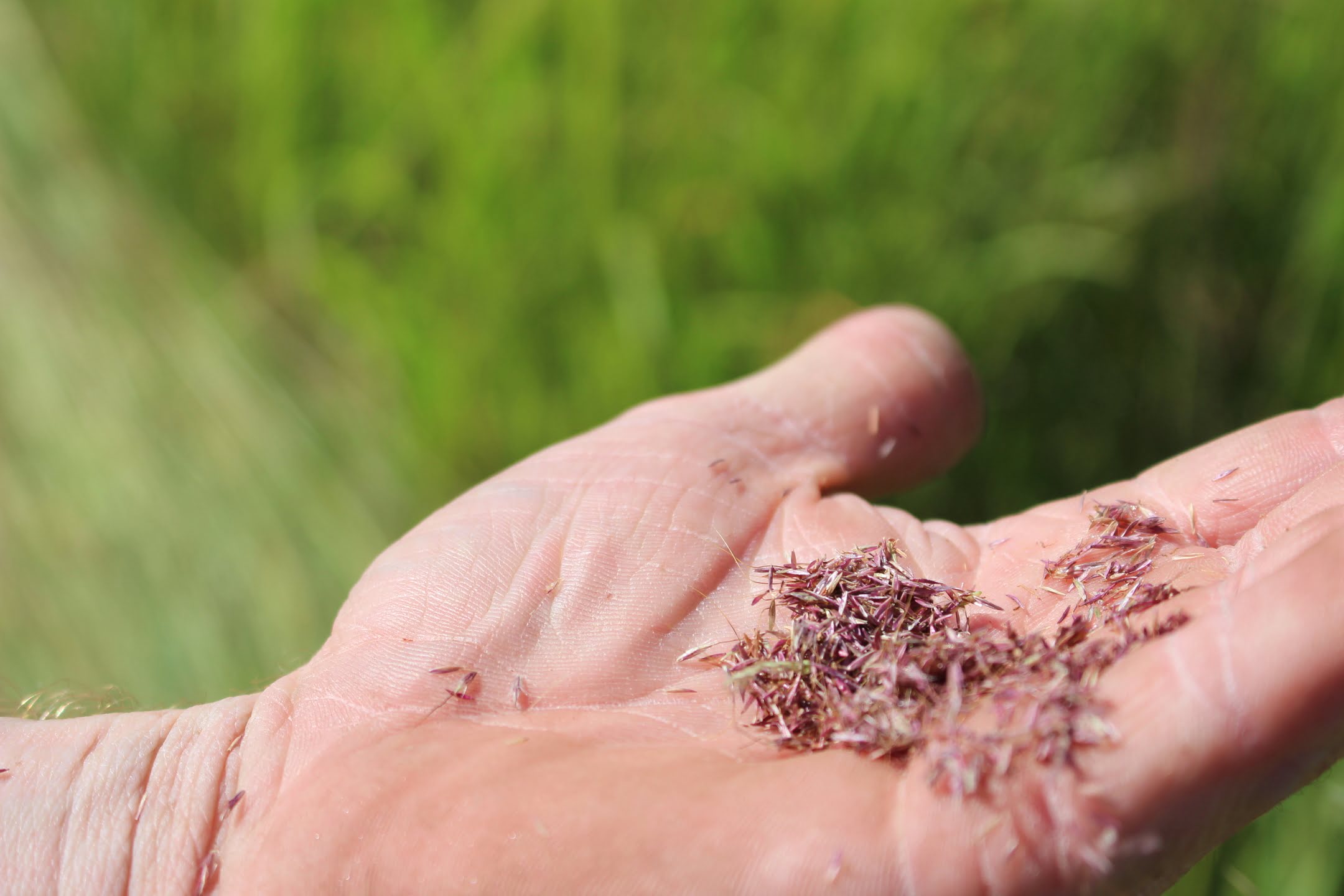

Garden Essentials
How To Harvest Grass Seed
Modified: April 22, 2024
Learn how to harvest grass seed from your garden and create a thriving green space. Follow our step-by-step guide for successful grass seed harvesting.
(Many of the links in this article redirect to a specific reviewed product. Your purchase of these products through affiliate links helps to generate commission for Storables.com, at no extra cost. Learn more)
Introduction
Growing a lush and vibrant lawn is a dream for many homeowners and garden enthusiasts. While there are various methods to establish a healthy lawn, one efficient and cost-effective way is to grow grass from seed. Harvesting grass seed from your existing lawn or from specific grass species can not only save you money but also allow you to create a lawn that is well-suited to your local climate and soil conditions.
In this article, we will explore the process of harvesting grass seed, from understanding different grass seed types to choosing the right time for harvesting and implementing effective methods for collection. We will also discuss the importance of proper storage and care for harvested grass seed, ensuring its viability for future use.
Whether you’re a seasoned gardener or just starting your journey in lawn care, this comprehensive guide will provide you with the knowledge and techniques needed to successfully harvest grass seed and create a beautiful lawn from scratch.
Key Takeaways:
- Harvesting grass seed allows you to create a beautiful lawn tailored to your needs, saving money and ensuring the best grass varieties for your local climate and conditions.
- Patience and attention to detail are key when harvesting grass seed. Choose the right time, use proper tools, and store the seed in cool, dry conditions to ensure successful germination and a thriving lawn.
Read more: How To Harvest Garlic Seeds
Understanding Grass Seed
Before delving into the process of harvesting grass seed, it’s important to have a basic understanding of what grass seed is and how it contributes to the growth and development of your lawn.
Grass seed is essentially the reproductive part of grass plants. It is made up of tiny, dormant embryos known as embryonic plants, enclosed within a seed coat. These seeds contain all the genetic information required for the plant to grow and establish itself.
There are numerous types of grass seed available, each with its own unique characteristics and suitability for specific climates and growing conditions. Some common varieties include Kentucky bluegrass, Bermuda grass, fescue, and ryegrass.
When it comes to choosing the right grass seed for your lawn, factors such as your local climate, soil composition, and the amount of shade or sunlight in your yard play a crucial role. It’s important to research and select grass seed varieties that thrive in your particular environment to ensure successful growth and maintenance of your lawn.
Additionally, it’s worth considering factors such as the desired appearance of your lawn, its durability, and its tolerance to common issues like disease and pests. Some grass species are known for their lush green appearance, while others are better suited for high-traffic areas or drought-prone regions.
By familiarizing yourself with the different types of grass seed available and understanding their suitability for your specific needs, you can make an informed decision and ensure the longevity and health of your lawn.
Choosing the Right Time to Harvest
Timing is crucial when it comes to harvesting grass seed. It’s important to wait until the grass seed is mature and fully developed before attempting to collect it. Harvesting too early can result in immature or non-viable seeds, while delaying the process for too long may cause the seeds to disperse naturally, making collection more challenging.
The ideal time for grass seed harvest can vary depending on the type of grass species you are growing. Most grasses produce seed heads or seed spikes during their reproductive stage, which is typically in the late spring to early summer months.
One way to determine if the grass seed is ready for harvesting is by observing the seed heads. Seeds that are mature and ready for collection will have turned from green to a golden or brown color. Additionally, the seed heads may appear dry and brittle when gently touched.
Another method to determine the readiness for seed harvesting is by conducting a germination check. Take a small sample of the seed heads and place them in a damp paper towel or bag. If germination occurs within a few days, it indicates that the seeds are mature and ready for harvest. However, if no germination occurs, it may be an indication that the seeds are not yet mature and need more time on the plant.
It’s important to keep in mind that weather conditions can also influence the timing of grass seed harvest. Ideally, choose a dry period where there is limited rainfall to ensure that the seeds are fully dry before storage. Wet conditions can lead to mold and fungal growth, reducing the viability of the harvested seeds.
By observing the seed heads, conducting germination tests, and taking weather conditions into consideration, you can determine the perfect timing for harvesting grass seed. Patience and close attention to detail are key to obtaining the best possible results.
Preparing for Seed Harvesting
Before you begin the process of harvesting grass seed, it’s important to make sure you have the necessary tools and equipment at hand. Here are some steps to help you prepare for a successful seed harvest:
- Inspect the Lawn: Take a thorough walk around your lawn and inspect the grass plants. Look for areas where the grass has produced seed heads and is ready for harvesting. This will help you identify the specific locations to focus on during the collection process.
- Gather the Tools: The most common tool for harvesting grass seed is a seed harvester or a lawn mower with a bagging attachment. Ensure that your equipment is in good working condition and ready for use.
- Clear the Area: Remove any debris or unwanted plant materials from the areas where you will be collecting the seed. This will help prevent contamination and ensure that you are collecting pure grass seed.
- Prepare Collection Containers: Have a few clean and dry containers on hand to store the harvested grass seed. Paper bags or breathable cloth bags are ideal, as they allow for proper air circulation and reduce the risk of moisture build-up.
- Timing: As mentioned earlier, timing is crucial when it comes to seed harvest. Make sure you choose a dry period when the grass seed is fully mature and dry. Avoid collecting seed during wet conditions, as it can lead to mold development and reduce seed viability.
- Labeling: It’s a good practice to label each container with the grass seed variety and the date of harvest. This will help you accurately track the different seeds and their viability over time.
By preparing properly and having the necessary tools and equipment ready, you will streamline the seed harvesting process and ensure the highest quality of grass seed for future use.
To harvest grass seed, wait until the seed heads are mature and dry. Cut the grass and shake the seed heads into a container. Store the seeds in a cool, dry place.
Methods of Harvesting Grass Seed
There are several methods you can employ to harvest grass seed from your lawn. The method you choose will depend on the size of your lawn, the type of grass you are harvesting, and the equipment available to you. Here are some popular methods for harvesting grass seed:
- Handpicking: This method is suitable for small lawns or specific areas where grass seed heads are concentrated. Simply walk through the designated area and carefully pluck the seed heads from the grass plants. Place the seed heads into your collection containers, ensuring they are fully dry before storing.
- Bagging Attachment: If you have a lawn mower with a bagging attachment, it can make the process of seed collection more efficient. Attach the bagging attachment to your lawn mower and mow over the areas with mature grass seed heads. The mower will collect the seed heads and deposit them into the bag. Empty the bag into your collection containers and repeat until all desired areas are harvested.
- Seed Harvester: If you have a larger lawn or a significant amount of grass seed to collect, investing in a seed harvester can be a wise choice. A seed harvester is a specialized machine designed to efficiently collect grass seed from the lawn. Simply run the seed harvester over the designated areas, and it will collect the seed heads and transfer them into a collection bag or container. This method is more time-effective and allows for greater seed collection capacity.
- Straw Broom: This method is useful for smaller areas or hard-to-reach spots. Use a straw broom to gently brush the seed heads into a container. Be careful not to damage the grass plants or dislodge too many seeds during the process.
- Vacuum Seeder: If you have access to a vacuum seeder, it can be an efficient method for collecting grass seed. The vacuum seeder uses suction to collect seed heads from the lawn and deposit them into a collection bag or container. This method is particularly useful for larger lawns or commercial operations where time is of the essence.
Choose the method that best suits your needs and the scale of your grass seed harvesting. Remember to be gentle during the collection process to ensure the viability of the seeds and minimize damage to the grass plants.
Read more: How To Harvest Mullein Seeds
Storing and Caring for Harvested Grass Seed
Proper storage and care of harvested grass seed are essential to maintain its viability and ensure successful germination when it’s time to sow. Follow these guidelines to store and care for your harvested grass seed:
- Drying: Before storing the harvested grass seed, it’s crucial to ensure that it is completely dry. Spread the seed in a thin layer on a clean and dry surface, preferably in a well-ventilated area out of direct sunlight. Allow the seed to air dry for at least a week, periodically stirring and turning it to ensure even drying.
- Cleaning: Remove any debris, chaff, or unwanted plant materials from the harvested seed. Use a sieve or a gentle fan to separate the seeds from other particles. This step will help prevent mold, disease, and insect infestation during storage.
- Storage Containers: Transfer the cleaned and dry grass seed into breathable containers, such as paper bags or breathable cloth bags. These containers allow for proper air circulation and help maintain seed viability. Avoid using airtight plastic containers, as they can trap moisture and lead to seed spoilage.
- Labeling: Label each container with the grass seed variety, the date of harvest, and any other relevant information. This will help you keep track of different seed varieties and their viability over time.
- Storage Location: Find a cool, dry, and dark location for storing your grass seed. A basement, cellar, or a cool, dry room in your home is ideal. It’s important to avoid areas with temperature fluctuations or high humidity levels, as they can negatively impact the quality and viability of the seed.
- Avoid Freezing: Grass seeds typically do not fare well when exposed to freezing temperatures. Avoid storing grass seed in areas where temperatures can drop below freezing, as this can damage the seed and reduce its viability.
- Regular Inspection: Periodically inspect the stored grass seed for any signs of mold, insects, or deterioration. If you notice any issues, promptly address them to prevent further damage to the seed.
- Seed Viability: Keep in mind that the viability of the grass seed will gradually decline over time. It’s recommended to use the seed within one to two years from the date of harvest for optimal germination results. Regularly testing the germination rate of stored seed will help determine its viability.
By following these guidelines and providing proper storage and care for your harvested grass seed, you can maintain its quality and ensure successful germination in the future. This will allow you to continue cultivating a beautiful and healthy lawn for years to come.
Conclusion
Harvesting grass seed is a rewarding and cost-effective process that allows you to create and maintain a beautiful lawn tailored to your specific needs. By understanding the different grass seed types, choosing the right time to harvest, and implementing effective collection methods, you can ensure the success of your seed harvest. Additionally, proper storage and care of harvested grass seed will help maintain its viability and ensure successful germination when the time comes to sow.
As a garden enthusiast or homeowner, taking the time to harvest grass seed not only saves you money but also gives you the opportunity to select grass varieties that are well-suited to your local climate and growing conditions. By carefully following the steps outlined in this guide, you can create a lush and vibrant lawn that will be the envy of your neighbors.
Remember, patience and attention to detail are keys to a successful seed harvest. Observe the seed heads, conduct germination tests, and choose the right time when the seeds are fully mature and dry. Use appropriate tools and methods for seed collection, ensuring the highest quality seed for future use. Store the harvested seed in cool, dry conditions and regularly inspect it for any signs of deterioration.
With these practices in mind, you can continue to cultivate a healthy and thriving lawn, enjoying its beauty and the satisfaction of knowing that you played a role in its growth from seed to a lush green expanse.
Frequently Asked Questions about How To Harvest Grass Seed
Was this page helpful?
At Storables.com, we guarantee accurate and reliable information. Our content, validated by Expert Board Contributors, is crafted following stringent Editorial Policies. We're committed to providing you with well-researched, expert-backed insights for all your informational needs.
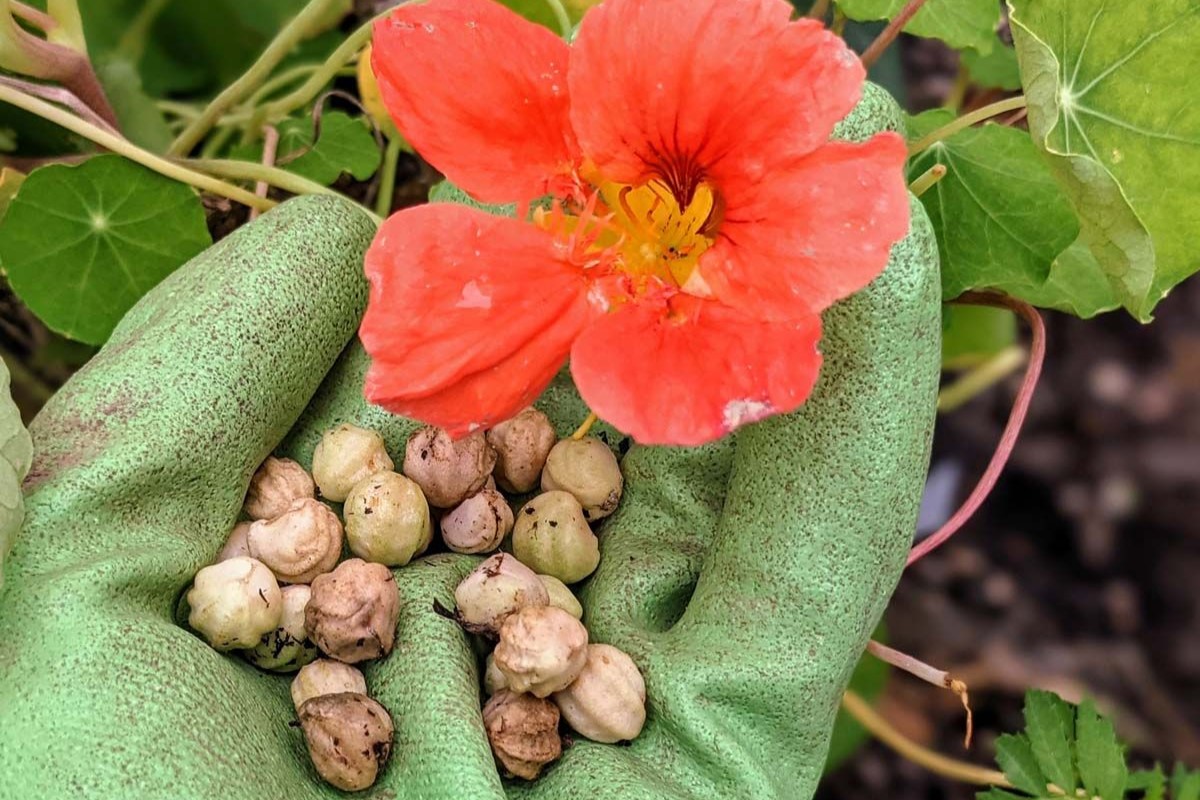
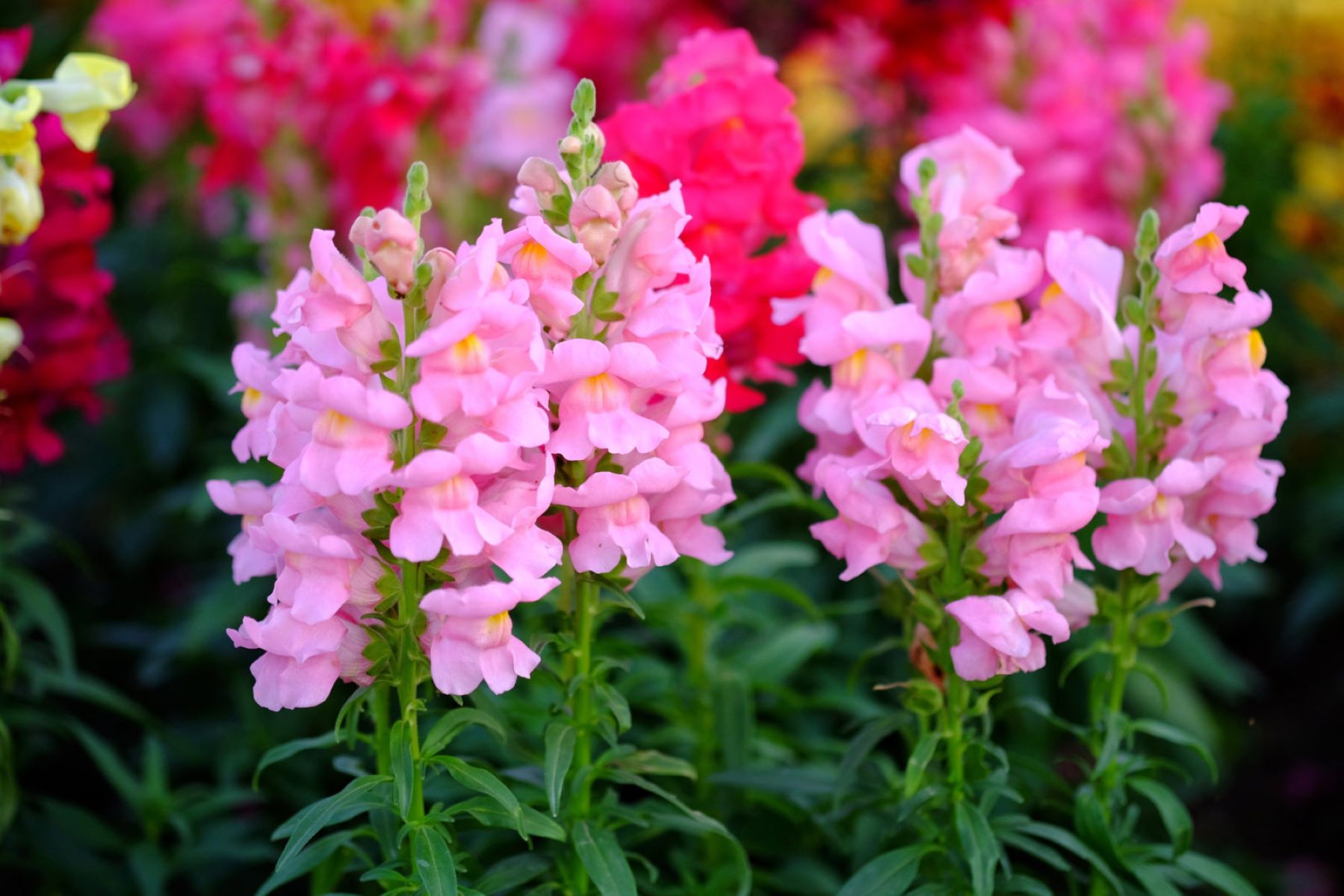
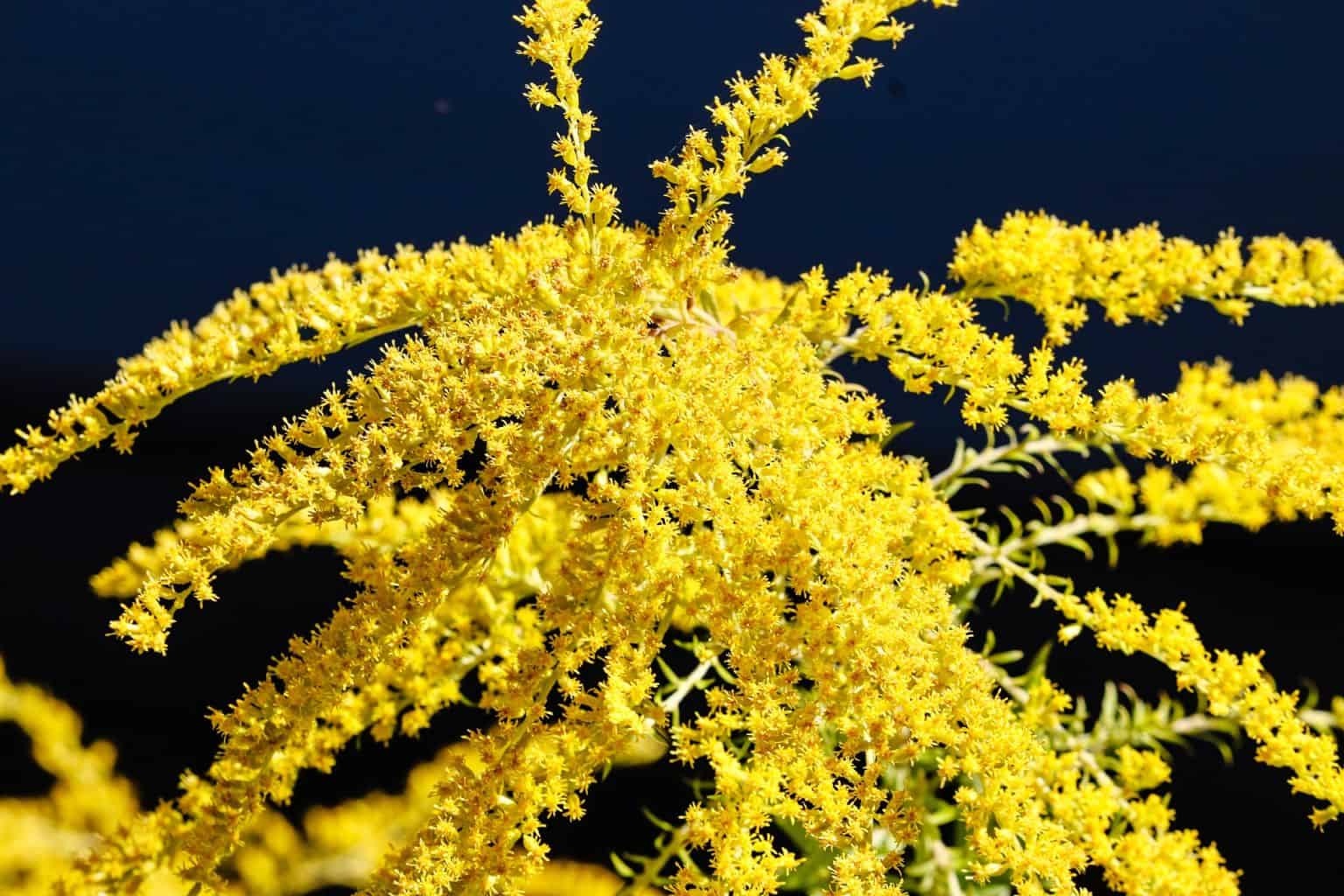
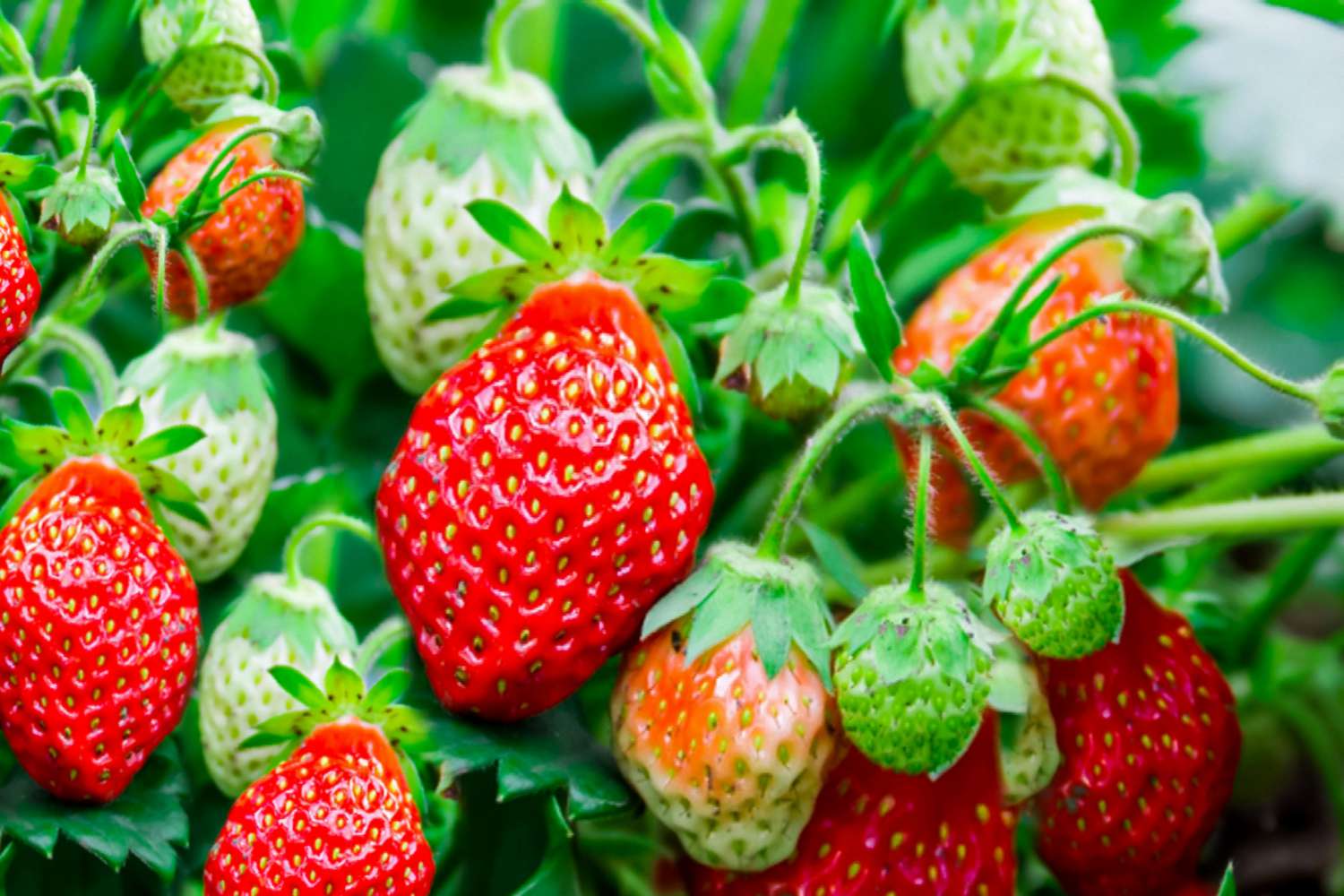
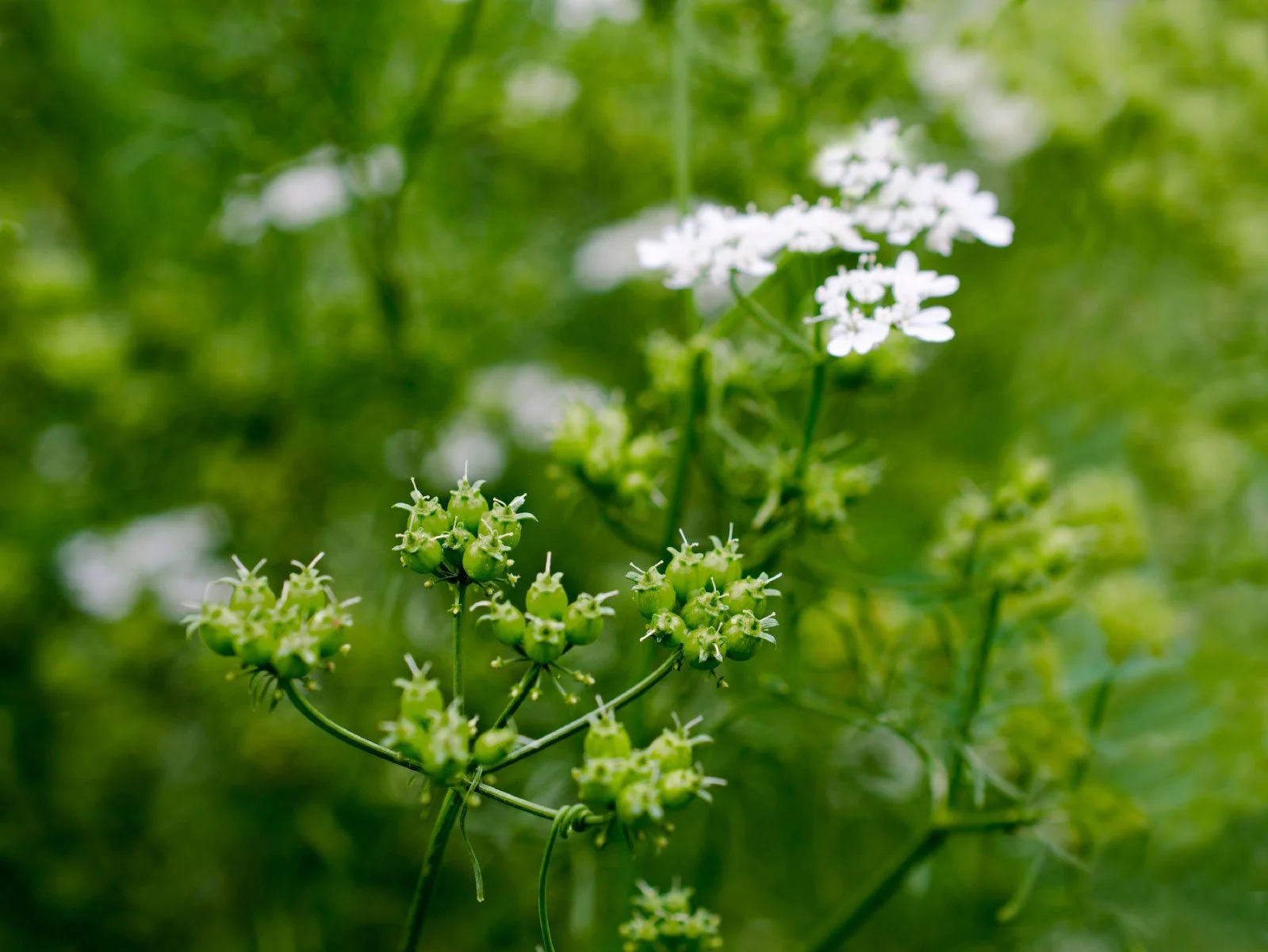
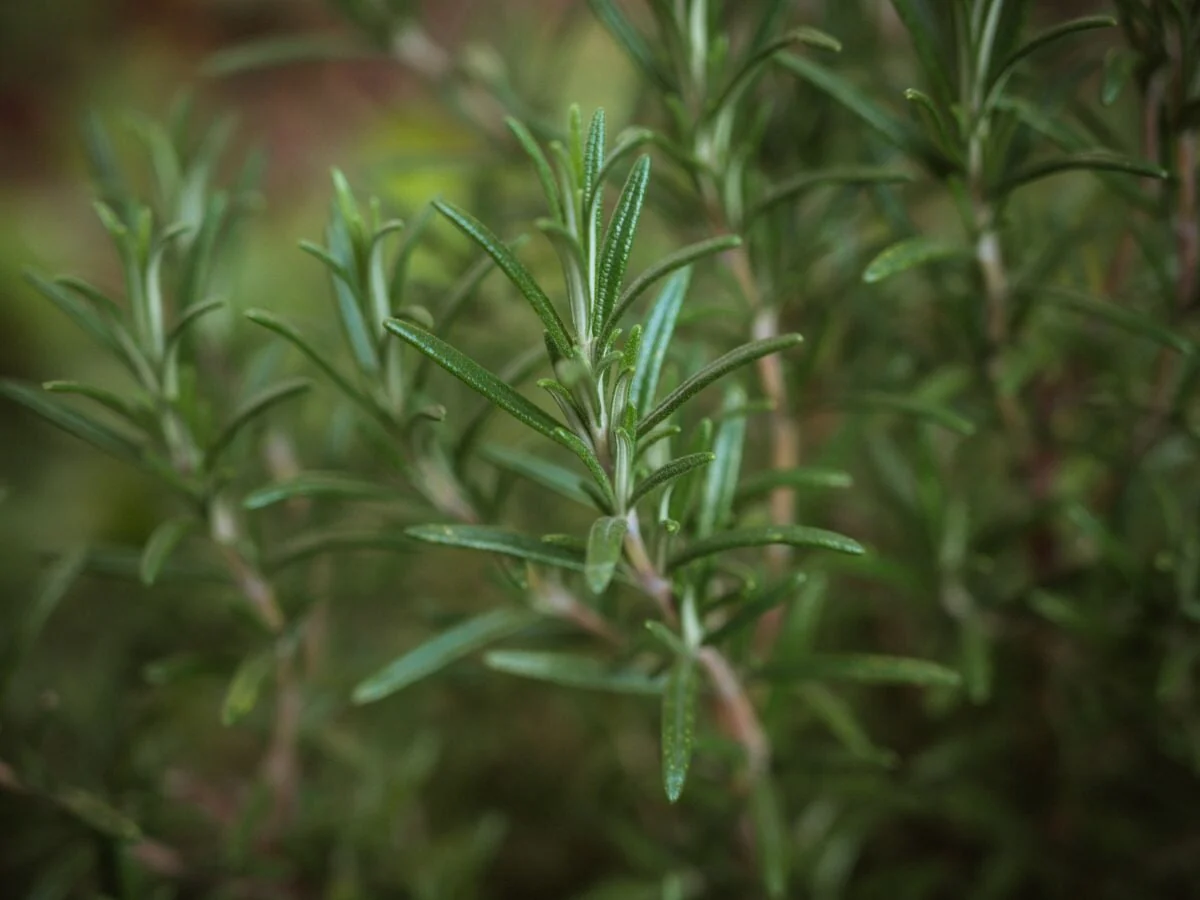
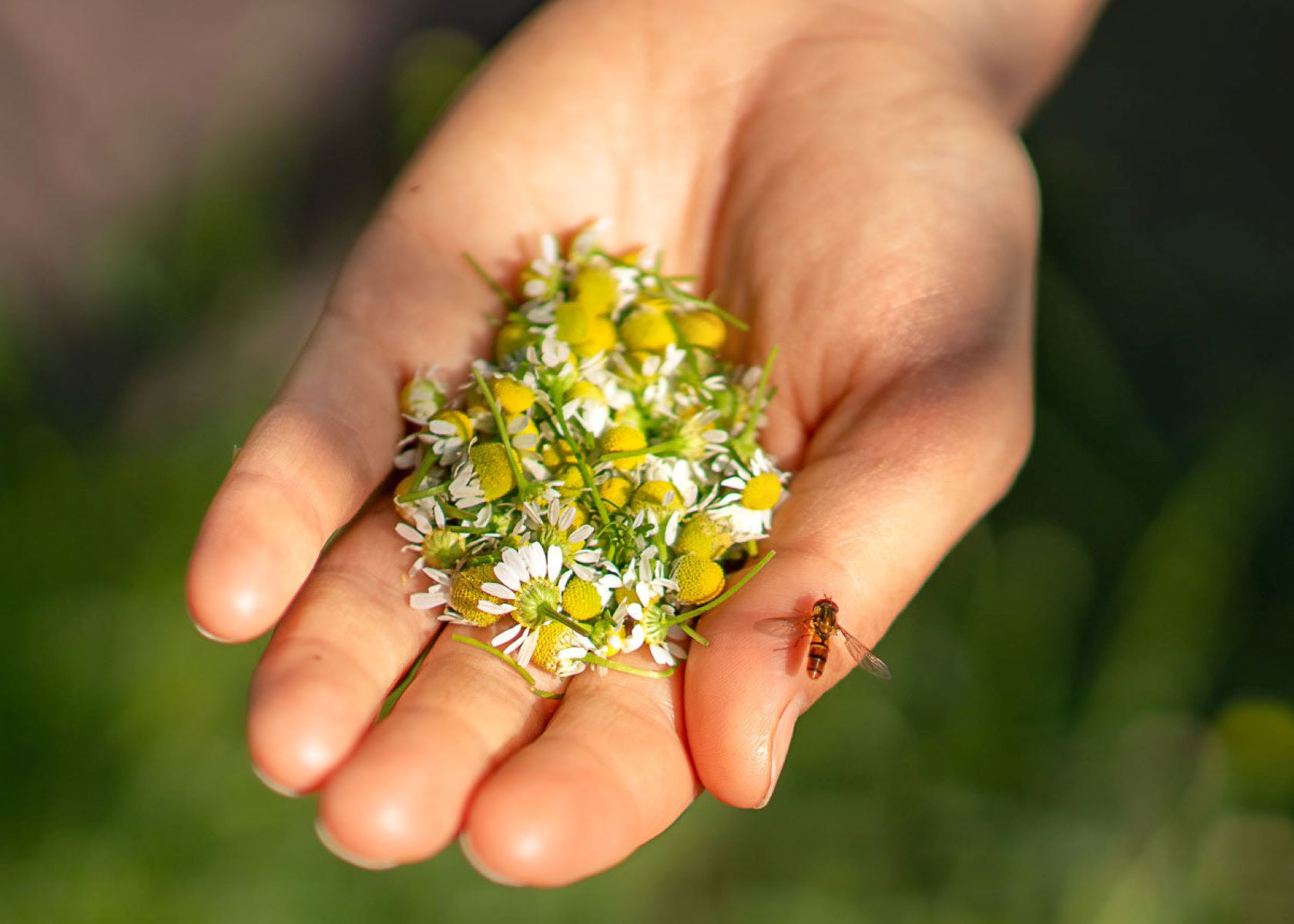
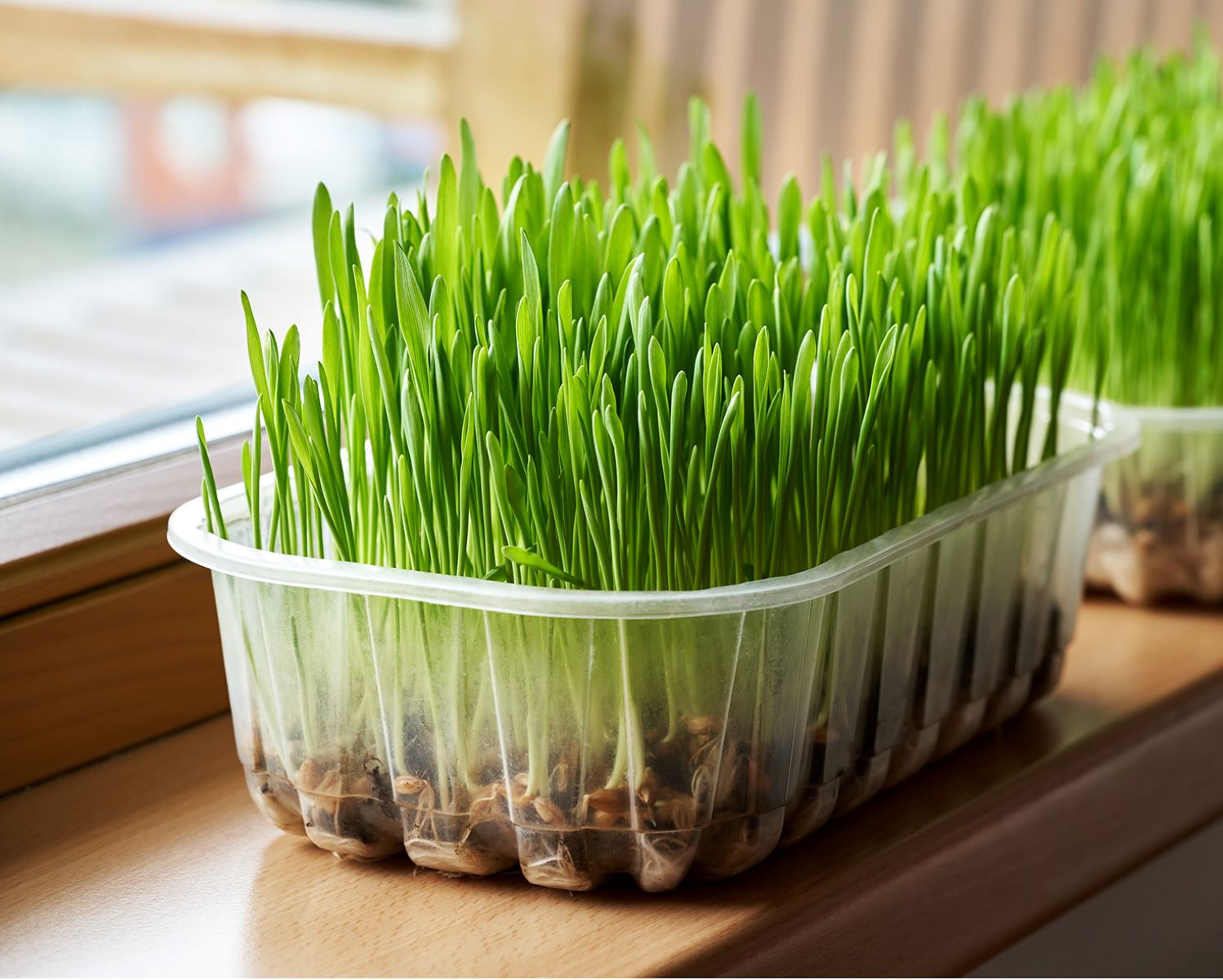


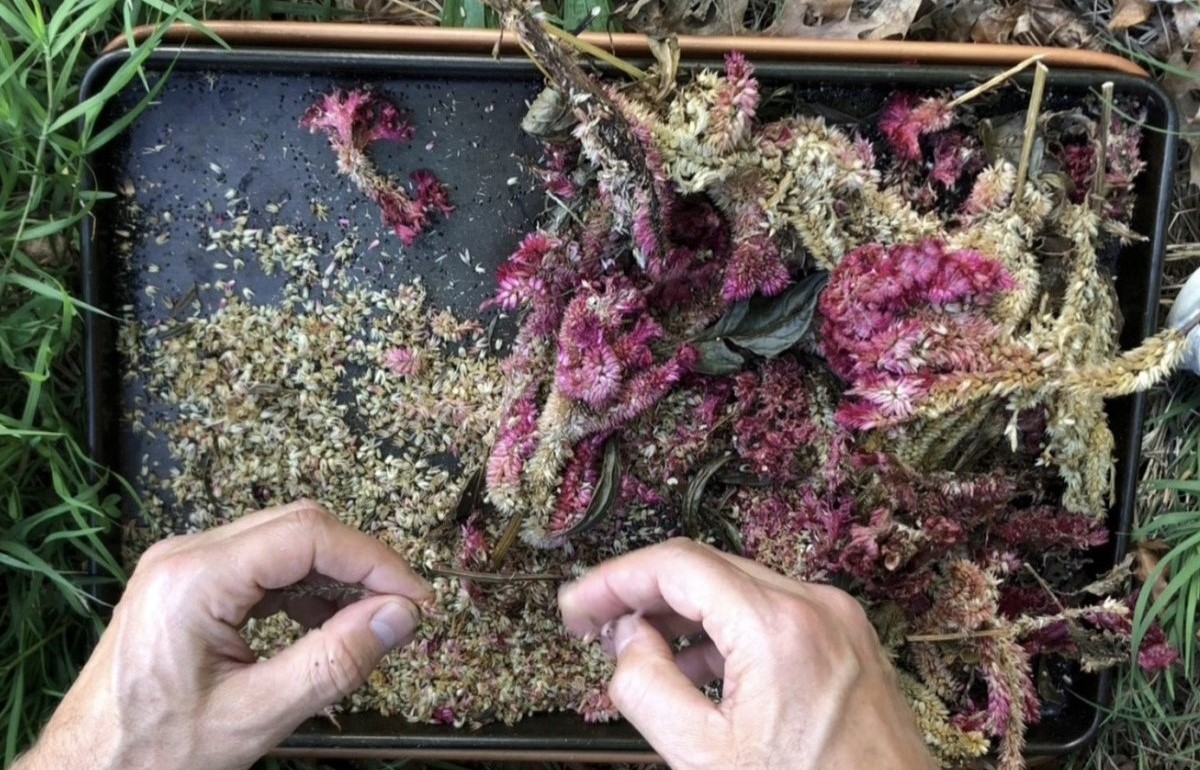
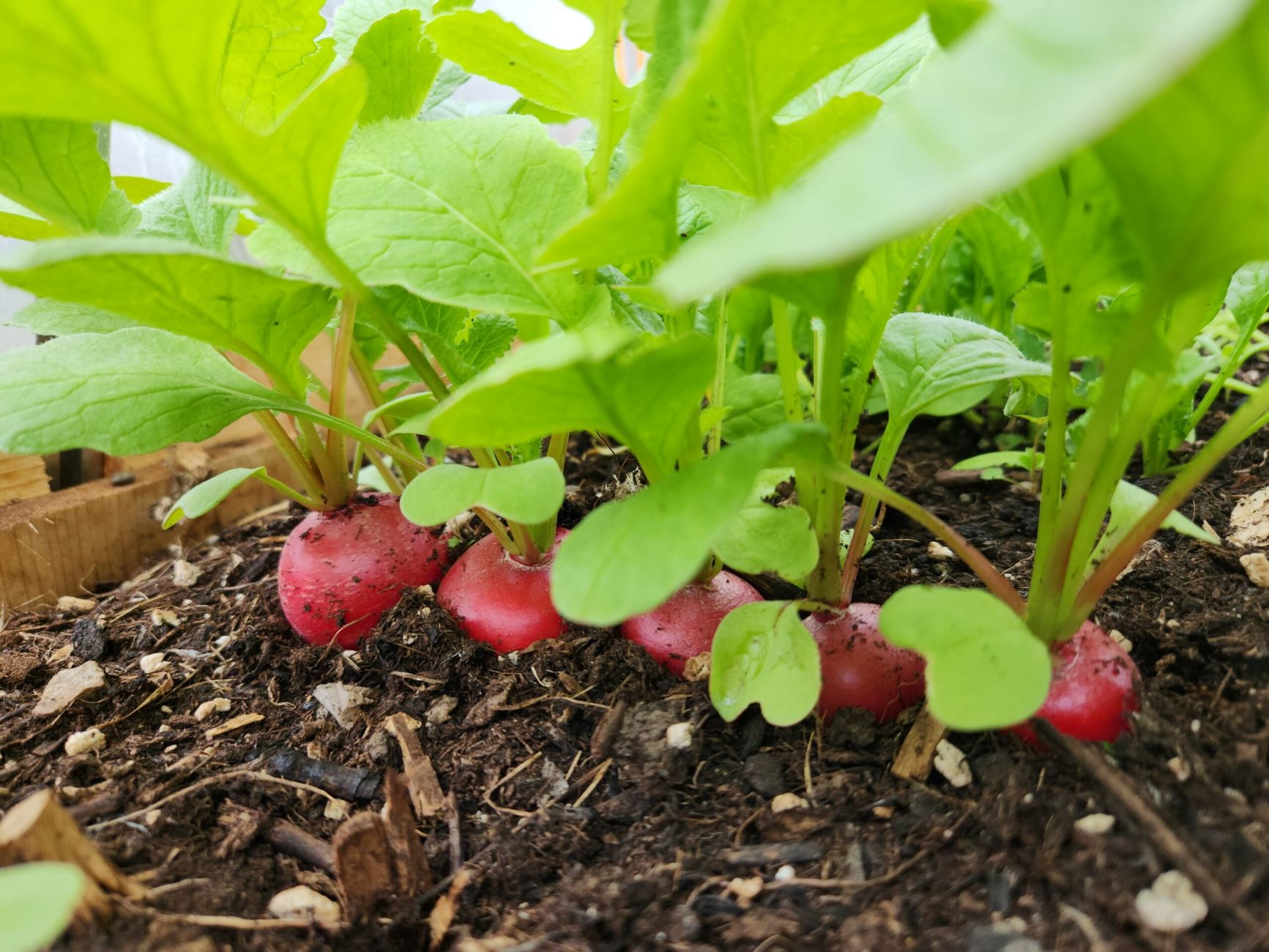
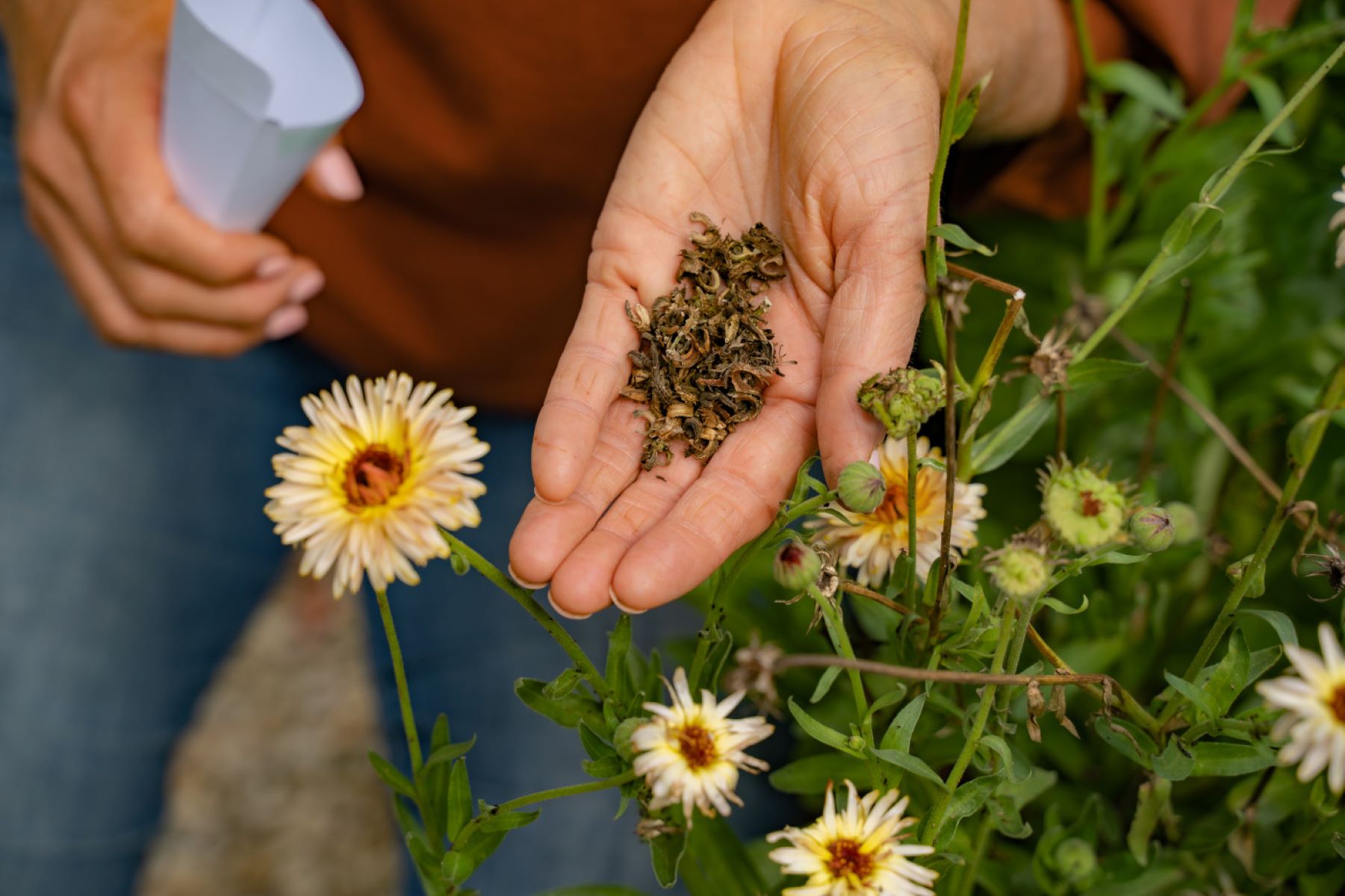
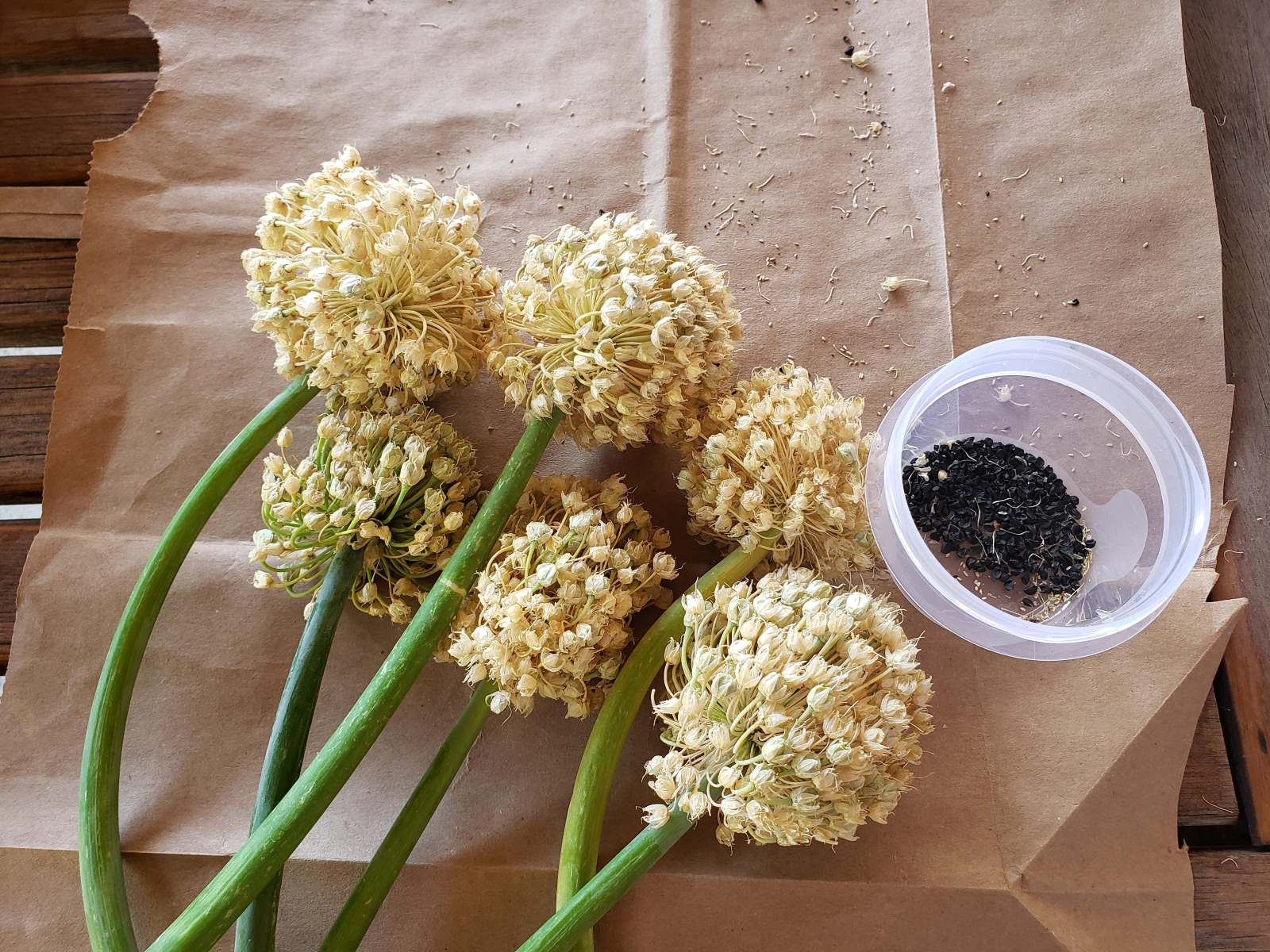

0 thoughts on “How To Harvest Grass Seed”